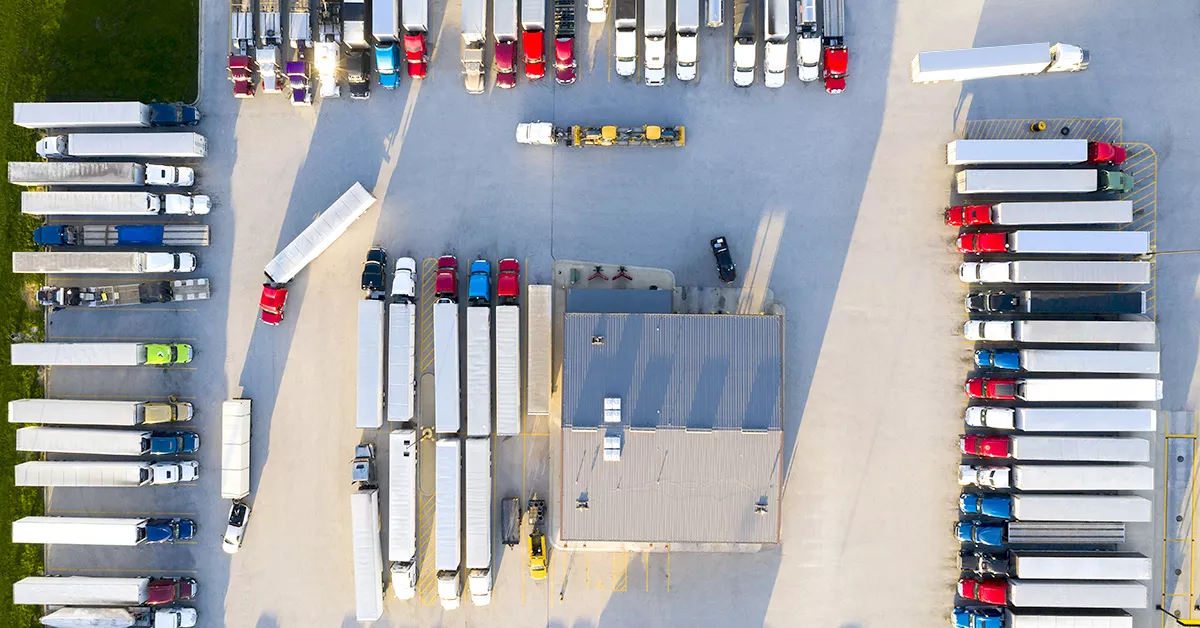Procuring truckload capacity is unique compared to other commodities, which adds challenges to creating a successful transportation budget.
With most commodities, procuring a larger quantity reduces the per-unit cost. But with truckload carriers, there are “diseconomies of scale,” meaning that when you increase the number of loads on a lane, the cost per load is higher. If your finance department isn’t aware of these characteristics that are unique to truckload freight, then getting budget approval might be difficult.

This diseconomy is because a carrier has to operate their assets over a balanced network. Any unforeseen demands will throw this network out of balance because a truck and driver need to be diverted from other uses to cover that demand. COVID-19 exacerbated this situation, as supply and demand were thrown completely off balance.
The situation makes interactions between transportation teams and financial executives all the more critical. If you are not on their radar to explain these diseconomies of scale and other complexities on a regular basis, they could be less likely to respond positively when conditions change, since they are more familiar with the traditional scenario of higher quantities reducing costs.
These diseconomies of scale also mean you need to develop a more sophisticated approach to account for tight markets. To learn more about creating variable transportation budgets that add flexibility to your operations, download the “Solving for Uncertainty” transportation guide.

